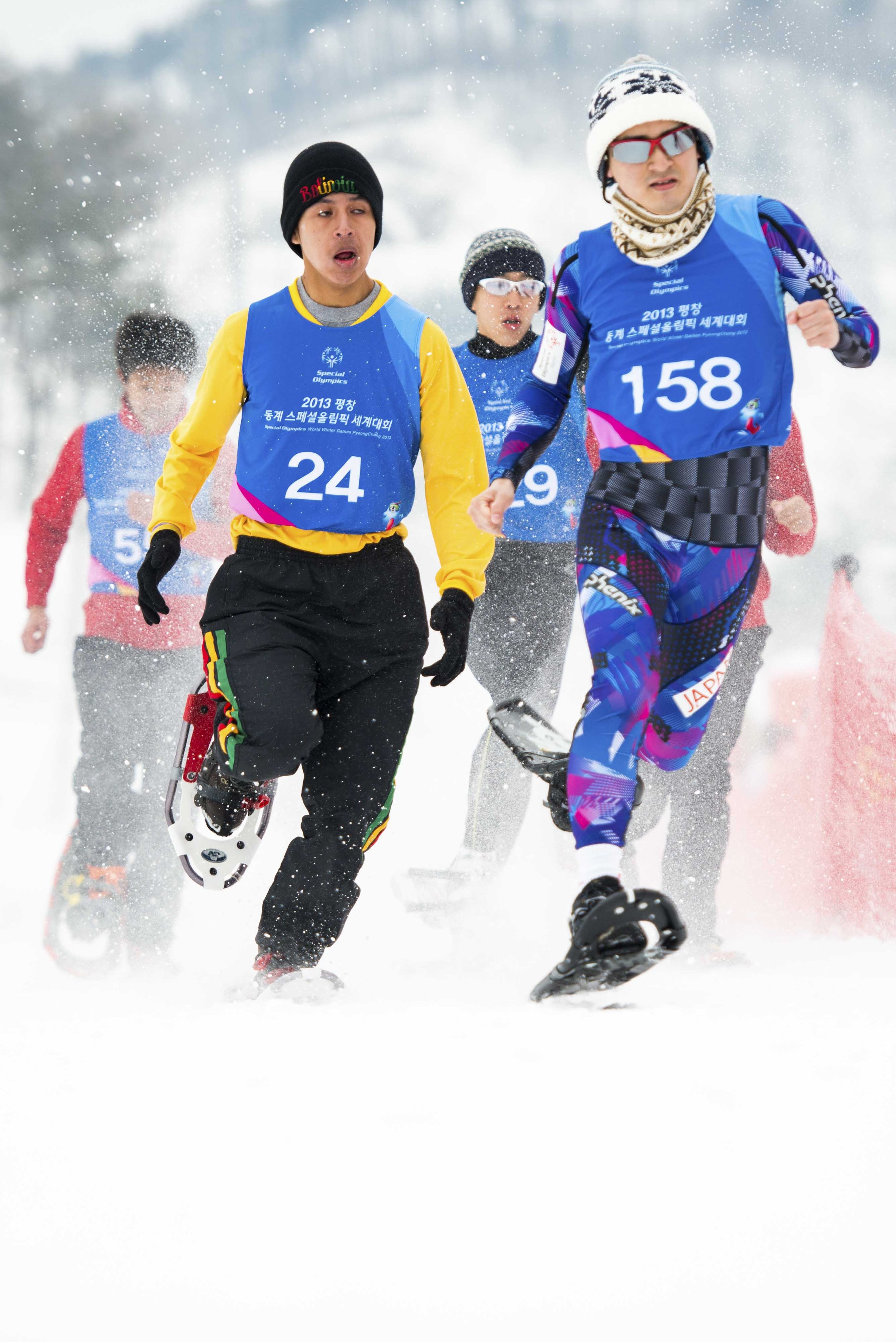As a School Marketing Photographer I shoot a wide range of subject matter from classrooms, to sport, to music, drama, forest school and portraiture.
I am often asked about the different techniques I use to capture these different genres so I thought it might be useful to share a few ideas and tips.
Today I am going to talk about Sport Photography.
I love sport photography – freezing those moments of action feels almost magical to me. Sports photography gives me the chance to capture emotion, effort and skill in a way not possible on film or as a live spectator. Add in the mud, rain, sweat and tears and you have the perfect combination for really dramatic photos.
Every sport requires a different set of photography skills but I will try below to list some general tips that can be used across all sports.
Shoot Fast!
The golden rule for sports photography is to have a high shutter speed. I find that any speed under 1/500 of a second leaves me with too many blurred photos. Even if the conditions are dark I will shoot at a fast shutter speed. I may have to increase the ISO but with a good modern camera the photos are never very grainy.
Find the Best Viewpoint!
Knowing the sport I am shooting helps me to get in the right place, depending on what is happening in the match. I will move round the pitch depending on what is happening. I also always aware of which team is stronger because, if I am commissioned to shoot just one team and they are losing badly, I will move to the side of the pitch and shoot them in defence. But if they are dominating the game I will head to the end of the pitch and shoot them running towards me.
Stand, Sit or Lie?
I spend a lot of time lying on the ground when shooting sport, especially if I am shooting from the end of a pitch with players running towards me. The low angle adds real drama to the photo and eliminates distracting backgrounds. I will often include a little bit of the blurred foreground in the frame if I am lying down.
When shooting cricket matches I will bring along a monopod for the camera and a stool to sit on. I can end up being in one position for a long time which can get very tiring with a heavy camera so the extra support is really important.
When shooting fast moving sports like tennis and netball I stand up. With a relatively small playing area I find that standing up allows me to more easily and quickly react to the action moving from one end of the court to the other.
Shoot Lots!
My camera, the Sony A7iii, is always set to burst mode when shooting sport which means I shoot 10 frames per second. Whilst this leads to an awful lot of editing (!) it also means that I don’t miss a important moments and it guarantees that I will end up with lots of perfectly sharp photos.
Don’t Stop Shooting!
To capture the whole story of a match it’s good to photograph between the moments of action. I love capturing a face in full concentration or two players discussing what move to try next. It’s also of course good to continue shooting when the point is won or the goal or try is scored as some of the best sports photos are taken of celebrations.
Capture the Atmosphere
Before games, at half-time and after games are great times to capture those moments of preparation, relaxation, celebration and team bonding. It’s also always worth shooting photos of the cheering crowd.
Use the right lens
It is rare in sports photography to use a lens that is less than 200mm as it’s always important to get close to the action and to have a nice blurred background. I tend to use a 200-600mm lens which gives me the flexibility to shoot action at the other end of the pitch but also when players move closer. A 600mm lens is also vital for being close enough to able to shoot cricket. The only time I use a wider lens would be to shoot squash photos when I will stand at the front of the court during a practice session – this is not advised if you do not have insurance!)
Concentrate on Composition!
Generally it’s good to fill the frame when shooting sport as it gives the viewer the feeling of being in the action. But sometimes I will leave space around a subject, especially if there is a blue sky as this can be useful if the marketing team wants to add any text to the photo.
Focus on Focus!
It’s worth getting to know your camera’s different focus options as these will make a big difference with sports photography. Choosing the right focus mode will be the difference between capturing that full-length dive for the try line or focussing on a spectator in the background sipping their coffee!
I hope these tips are helpful to help you with your school sports photography. Shooting sport is so much fun and the photos can be some of the most spectacular you will ever take.

























